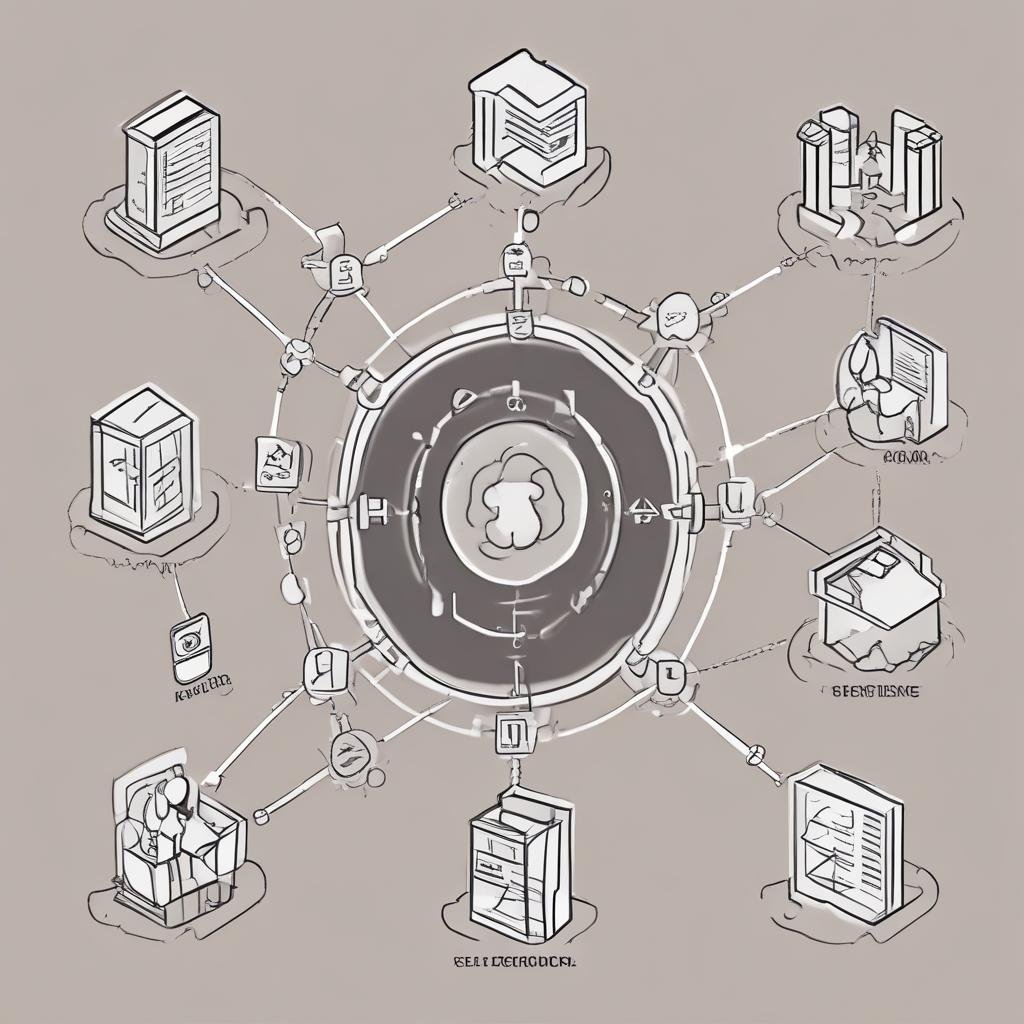Flutter is renowned for its expressive and flexible UI framework, allowing developers to build stunning applications with ease. However, for those who want to push the boundaries of what’s possible, diving into advanced topics such as custom renderers and animations can unlock new levels of creativity and performance. This blog will explore these advanced Flutter concepts, providing insights into creating custom renderers and implementing complex animations.
Table of Contents
- Understanding Custom Renderers in Flutter
- Creating Custom Renderers
- Custom RenderObjects
- Implementing Custom Painting
- Advanced Animations in Flutter
- Implicit Animations
- Explicit Animations
- Custom Animations
- Combining Custom Renderers and Animations
- FAQs about Custom Renderers and Animations
- Conclusion
Understanding Custom Renderers in Flutter
Custom renderers in Flutter provide a way to customize the way widgets are drawn and interact with the screen. While Flutter’s built-in widgets cover a wide range of use cases, custom renderers allow for more precise control over rendering, layout, and interactions.
Creating Custom Renderers
Custom RenderObjects
RenderObject is a low-level class responsible for the actual layout and painting of widgets. Creating a custom RenderObject involves defining how a widget should be laid out and painted on the screen.
- Example: A custom
RenderObjectthat draws a simple red box.
import 'package:flutter/rendering.dart';
import 'package:flutter/material.dart';
class RedBox extends RenderObjectWidget {
@override
RenderRedBox createRenderObject(BuildContext context) => RenderRedBox();
}
class RenderRedBox extends RenderBox {
@override
void paint(PaintingContext context, Offset offset) {
final Paint paint = Paint()..color = Colors.red;
context.canvas.drawRect(offset & size, paint);
}
@override
Size computeDryLayout(BoxConstraints constraints) {
return Size(100, 100); // Fixed size for the red box
}
}Implementing Custom Painting
To customize the way widgets are painted, you can extend the CustomPainter class and override the paint method to draw custom shapes, text, or other graphics.
- Example: A custom painter that draws a blue circle.
class BlueCirclePainter extends CustomPainter {
@override
void paint(Canvas canvas, Size size) {
final Paint paint = Paint()..color = Colors.blue;
canvas.drawCircle(size.center(Offset.zero), 50, paint);
}
@override
bool shouldRepaint(CustomPainter oldDelegate) => false;
}Advanced Animations in Flutter
Animations bring your app to life and enhance user interactions. Flutter provides several ways to implement animations, from simple implicit animations to complex custom animations.
Implicit Animations
Implicit animations automatically animate properties of widgets when they change.
- Example: Using
AnimatedContainerto animate changes in size and color.
class AnimatedBox extends StatefulWidget {
@override
_AnimatedBoxState createState() => _AnimatedBoxState();
}
class _AnimatedBoxState extends State<AnimatedBox> {
bool _expanded = false;
@override
Widget build(BuildContext context) {
return GestureDetector(
onTap: () => setState(() => _expanded = !_expanded),
child: AnimatedContainer(
width: _expanded ? 200 : 100,
height: _expanded ? 200 : 100,
color: _expanded ? Colors.green : Colors.red,
duration: Duration(seconds: 1),
child: Center(child: Text('Tap me')),
),
);
}
}Explicit Animations
Explicit animations require more control and are defined using animation controllers.
- Example: A bouncing ball animation using
AnimationControllerandTween.
class BouncingBall extends StatefulWidget {
@override
_BouncingBallState createState() => _BouncingBallState();
}
class _BouncingBallState extends State<BouncingBall> with SingleTickerProviderStateMixin {
AnimationController _controller;
Animation<double> _animation;
@override
void initState() {
super.initState();
_controller = AnimationController(
duration: Duration(seconds: 2),
vsync: this,
)..repeat(reverse: true);
_animation = Tween<double>(begin: 0, end: 300).animate(_controller);
}
@override
Widget build(BuildContext context) {
return AnimatedBuilder(
animation: _animation,
builder: (context, child) {
return Positioned(
top: _animation.value,
left: 100,
child: Container(
width: 50,
height: 50,
decoration: BoxDecoration(
color: Colors.blue,
shape: BoxShape.circle,
),
),
);
},
);
}
@override
void dispose() {
_controller.dispose();
super.dispose();
}
}Custom Animations
For highly customized animations, use CustomPainter in combination with AnimationController to create complex visual effects.
- Example: Combining
CustomPainterwithAnimationControllerto animate a custom shape.
class AnimatedShape extends StatefulWidget {
@override
_AnimatedShapeState createState() => _AnimatedShapeState();
}
class _AnimatedShapeState extends State<AnimatedShape> with SingleTickerProviderStateMixin {
AnimationController _controller;
Animation<double> _animation;
@override
void initState() {
super.initState();
_controller = AnimationController(
duration: Duration(seconds: 2),
vsync: this,
)..repeat(reverse: true);
_animation = Tween<double>(begin: 0, end: 100).animate(_controller);
}
@override
Widget build(BuildContext context) {
return CustomPaint(
painter: ShapePainter(_animation.value),
child: Container(),
);
}
@override
void dispose() {
_controller.dispose();
super.dispose();
}
}
class ShapePainter extends CustomPainter {
final double value;
ShapePainter(this.value);
@override
void paint(Canvas canvas, Size size) {
final Paint paint = Paint()..color = Colors.purple;
canvas.drawCircle(size.center(Offset.zero), value, paint);
}
@override
bool shouldRepaint(CustomPainter oldDelegate) => true;
}Combining Custom Renderers and Animations
Combining custom renderers and animations allows for creating highly interactive and visually appealing user interfaces. Use custom render objects to draw complex shapes and integrate animations to bring these shapes to life with smooth transitions and effects.
FAQs about Custom Renderers and Animations
Q1: When should I use custom renderers in Flutter?
A1: Use custom renderers when you need precise control over layout and painting beyond what standard widgets offer, such as drawing custom graphics or implementing complex visual effects.
Q2: How do custom renderers affect performance?
A2: Custom renderers can improve performance by avoiding unnecessary widget rebuilds and efficiently handling complex drawing operations. However, they should be used judiciously to avoid overcomplicating the rendering pipeline.
Q3: What is the difference between implicit and explicit animations?
A3: Implicit animations handle simple property changes automatically with minimal configuration, while explicit animations provide more control over the animation process, allowing for complex transitions and custom animations.
Q4: Can I combine multiple animations in Flutter?
A4: Yes, you can combine multiple animations using AnimationController, Tween, and AnimatedBuilder to create complex and synchronized animation sequences.
Q5: How do I debug performance issues with custom renderers and animations?
A5: Use Flutter’s performance profiling tools, such as Flutter DevTools, to analyze rendering times, frame rates, and resource usage to identify and address performance issues.
Conclusion
Exploring custom renderers and animations in Flutter opens up a world of possibilities for creating unique and engaging user interfaces. By mastering these advanced techniques, you can push the boundaries of what’s possible with Flutter, delivering high-performance and visually stunning applications. Whether you’re customizing the way widgets are drawn or implementing complex animations, these tools will help you create apps that stand out and captivate users.
